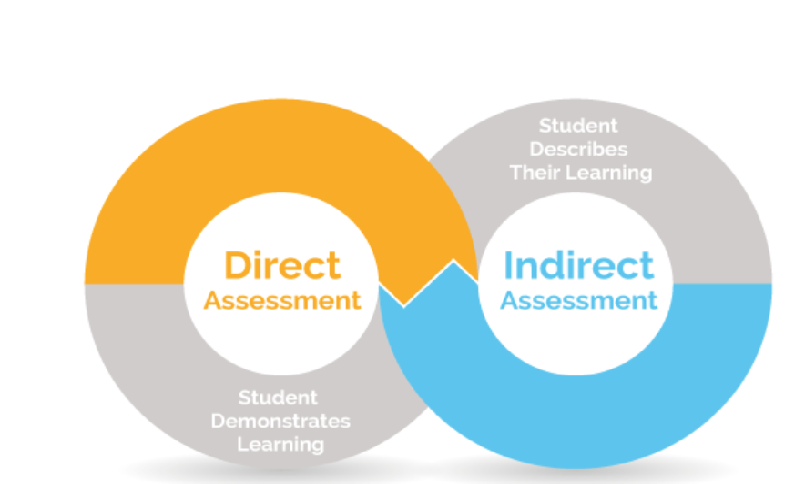Learning, Classrooms, and Future Concerns.
This past week, future educators, discussed learning within STEM environments and the challenges that come with this style of learning. In groups, students discussed their understanding of learning, and how did this change after reading the 'Learning' chapter in Stem Education By Design by Davis, Francis, and Friesen (2019). This chapter begins by shedding light on the challenges associated with STEM education, primarily a strongly budget conscious administration, leading to large class size in order to reduce cost. These large classrooms are typically taught in a direct instruction fashion. Students take the role of a listener, while the teacher provides a delivery teaching style, positioned in the front of the room (Davis, Francis, & Friesen, 2019). This model of teaching is common in university lectures, a direct teaching approach, where the professor assumes an all-knowing role, in a highly structured format, with little student involvement because it is a teacher dominant teaching style. And this seems great, an educated individual is bestowing their knowledge upon their students, however, it is not that simple. Throughout this chapter there are different perspectives as to what is learning but none involve just listening, each perspective or theory suggests there must be more. Some theories include: folk theories which suggests learning happens through "acquiring, discovering, journeying, or constructing". These theories imply that learning is an experience, and it can be true that listening to a lecture is an experience, but majority of them lack meaningfulness, especially when comparing them to what these theories suggests learning entails. So now the question becomes how do you make learning meaningful? And it is through these theories, each branch of folk theory involves four phenomenon's of knowledge, learning, the learner, and education. But this is just one branch of theories. Others involve Behaviorist theories which include "linking stimulus and response, leading to observable changes in behavior"(p. 25), Constructivist theories which deems "learning is construing sense"(p.27), socio-cultural theories revolve around the concept of learning being participation (p.30) (Davis, Francis, & Friesen, 2019). Each have their reasoning for what learning is and how individuals engage with the different learning styles, however all involve more than just listening as previously mentioned. And this made me think of typical grade school classroom designs, which is previously discussed through the chapter. It is mentioned "a typical classroom desk was designed to, keep bodies facing forward, separate individuals, hold bodies still, and designed for right handed students" (Davis, Francis, & Friesen, 2019, p.16).
Additionally, there have been technological advances in classrooms such as the blackboard being replaced with smartboards, and students being provided with google Chromebooks, which largely changed the teaching format within classes. The Chromebooks were necessary over the last three years due to the Covid-19 pandemic, however, I question how do Chromebooks and other technological advancements negatively affect group-work and collaboration between peers. Are these advancements in technology improving students' ability to learn or are they shedding light on how students now more than ever are reliant on technology and struggle without it? My worry is that, like university, the direct teaching method mentioned earlier, is seeping into grade school classes and each student will work alone, separated from others, on their laptops, with little need to construe sense as they have google at their disposal or no need for in-person group interaction. A teacher may suggest group work can be done through a group google document. These are my worries and this chapter heightened my anxiety for the future youth and the impact future educators will have on them.
 |
| Ganguly, Education World. |
So how do we, as future educators, go about changing the typical teaching model to benefit our students? Feel free to leave responses as there is no one right answer, reflected by the idea of multiple learning theories in this chapter. It is important we discuss these issues to deepen our understanding of the topic of learning and the solutions to the problems that come with it.
Thank you for reading,
Brandon Sauve.
Work Cited:
Davis, B., Francis, K., & Freisen, S. 2019. Stem Education By Design. Ch. 2 (Learning). Pp. 13-30.
Akanegbu, A. 2012. Oct 11. A visual History of school desks. Ed Tech. https://edtechmagazine.com/k12/article/2012/10/visual-history-school-desks
Ganguly, R. How to Choose the Correct Device for Your Child. Education World. https://www.educationworld.in/how-to-choose-the-correct-device-for-your-child/


Comments
Post a Comment